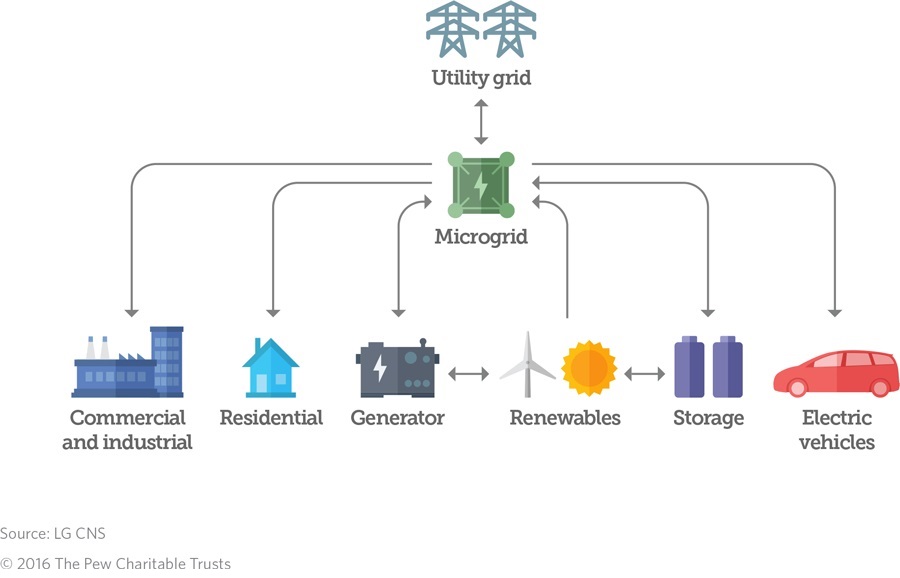Why (and How) Microgrid Technology Is a Good Power Source

Microgrids are small groupings of interconnected power generation and control technologies that can operate within or independent of a central grid, mitigating disturbances and increasing system reliability. By enabling the integration of distributed resources such as wind and solar, these systems can be more flexible than traditional grids. This market presents a new and important opportunity for end users, generators, and planners to provide increased efficiency and resiliency in the evolving grid.
This issue brief, “Microgrids in the Evolving Power Systems,” examines the expanding market for microgrid technologies and the regulatory environment in which it operates. It also identifies opportunities for federal policymakers to support innovation that can create jobs, grow the U.S. economy, and enhance the nation’s role as a global clean energy leader.








